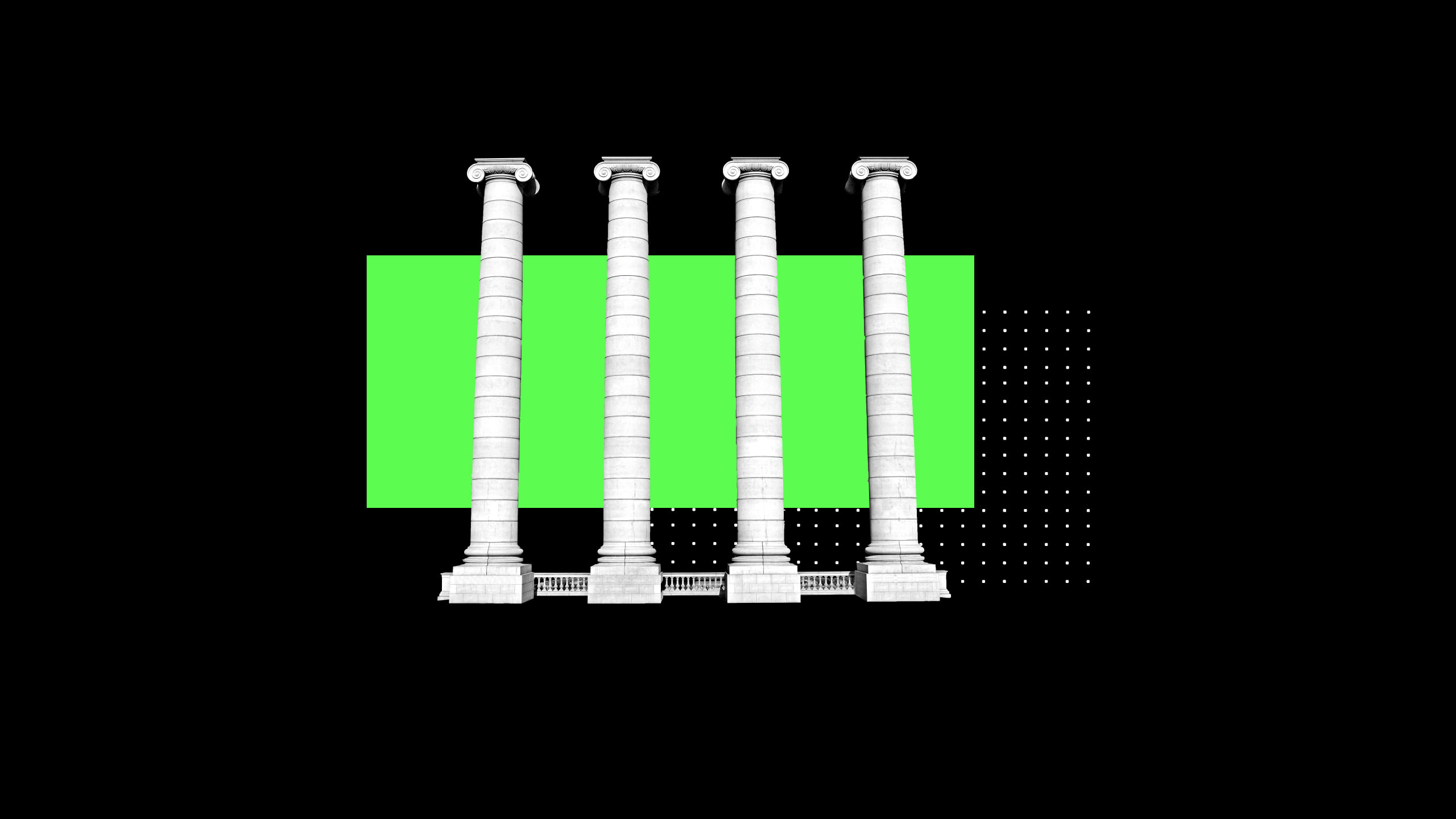
Here’s How Process Mining Could Help Citizen Services Build Trust – Not Set Up Punchlines
The only certainties in life are death, taxes, and a queue at the DMV. It’s a joke you’ve seen time and time again, and it’s the same across many citizen services. You deserve better than this, and so do the citizens who depend on you. Let’s look at how process mining could help you build trust, instead of punchlines. Citizen Services should be the bedrock of citizen trust in government. After all, it’s the day-to-day interactions that people remember, not the glossy speeches. Pretty words don’t mean much to you when you’re chasing up your housing application while prying your toddler off the bookshelf they’ve just decided is a climbing frame.
Or as McKinsey put it:
“Tasks like paying taxes, renewing driving licenses, and applying for benefits are often the most tangible interactions citizens have with their government. Services are therefore critical in shaping trust in and perceptions of the public sector.”
And trust in government is absolutely essential for a country to continue to thrive. Here’s a short excerpt from the fascinating paper Trust in government, policy effectiveness and the governance agenda from the Organization for Economic Co-operation and Development:
“Trust in government institutions could help to increase confidence in the economy by facilitating economic decisions, such as on investment and consumption that foster economic growth.”
But let’s be honest, when we’re going to work, we’re probably not thinking about whether we’re eroding public trust and economic investment. We’re wondering if today’s gonna be another day where someone compares us to a character from a Disney movie (you know the one).
Using process mining to improve the day-to-day of Citizen Services
The good news is, improvement in Citizen Services is beneficial for citizens and government workers alike. Now clearly, everyone wants improvements, but the issue is often about the financial investment and resources it’ll take.
We live in a world of ‘do more with less’ and nowhere is that truer than in the Public Sector.
Here’s where process mining could help. Because it’s not about adding more systems, technology, or people. It’s all about unlocking the performance that each of those things is capable of.
Simply put, process mining allows you to reveal and fix the hidden inefficiencies in your processes, so that you can perform at levels you never thought possible. It gives you an X-Ray of how your organization is really operating, then helps you identify areas for improvement and take action on them — automatically.
So it could help with things like:
Reducing the amount of time a process takes – so a license arrives in weeks, not months (and to…you know…the right address).
Closer collaboration between departments – so you get less of the “I already told them this exact information.”
The amount of manual touches needed per applicant – so you get fewer appointments where both people feel they don’t need to be there.
Cutting the processing cost per applicant – so you have more money to invest back into the services that matter. Or maybe that vending machine everyone’s asking for. Or both.
All this leads to happier citizens (boosting that economy), happier workers, and reduced running costs. And fewer jokes.
Plus, because there’s automation built in, your people don’t waste their time on tasks that can be done by machines, and can give more of their attention to work that drives real value for citizens.
Want to learn more about process mining? Check out What is process mining?






